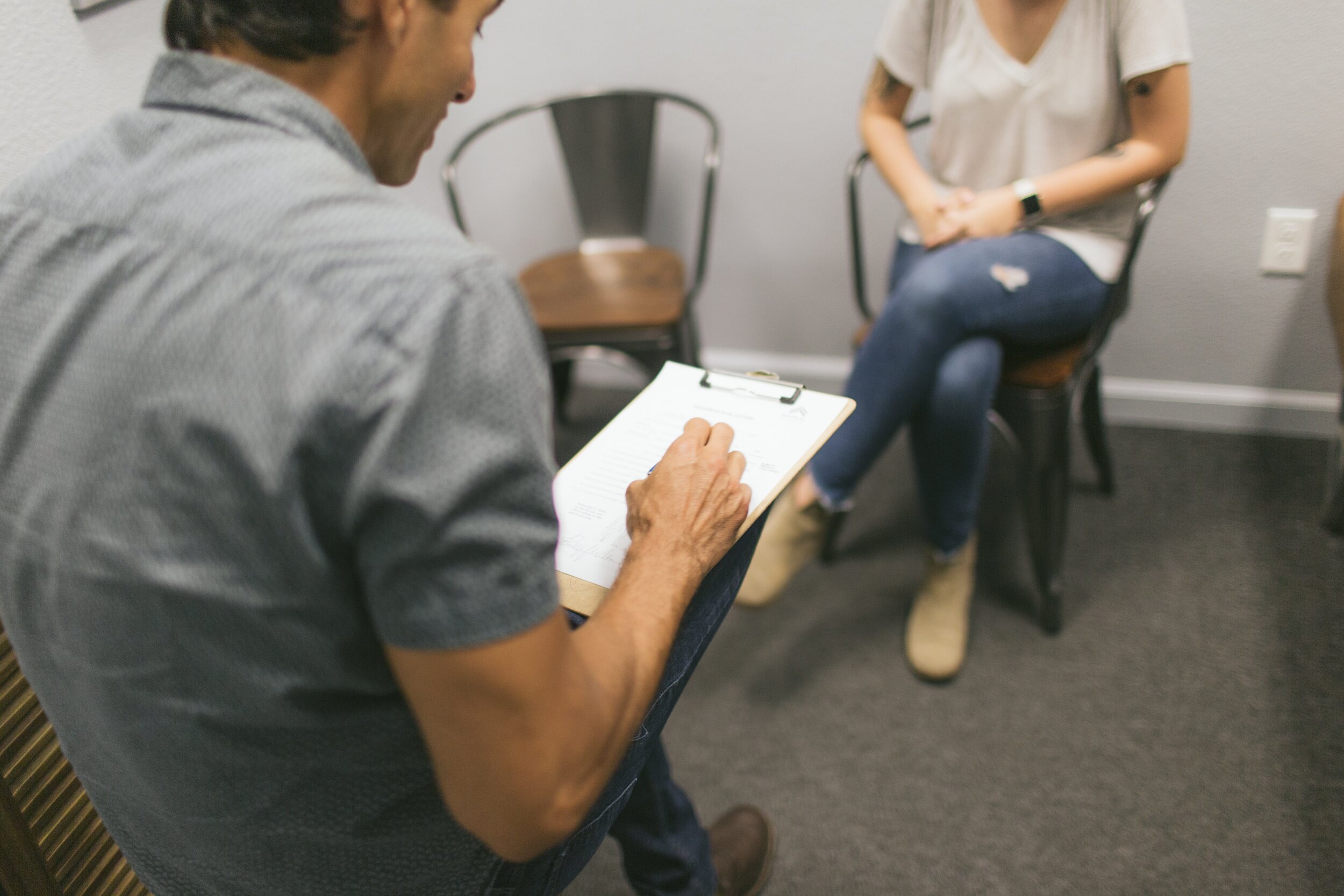
Our timeless Method
the gonstead technique
Our patients travel from all over the world to experience the Gonstead Technique. The science behind this cutting-edge technique results in the most accurate, specific, and definite approach in evaluating and adjusting the spine. Because the spinal column is a dynamic structure affecting the entire body, the Gonstead Technique uses five criteria to check the spine for motion, soft tissue damage, and neurological dysfunction. This valuable and detailed analysis includes instrumentation, static palpation, motion palpation, visualization, and spinal imaging followed by adjusting the articulations of the spine by hand only. Through this comprehensive, proactive approach to correcting the spine, we find that the entire body begins functioning better as a whole. There is a clinical logic to every decision made for each and every patient. This ensures the principles outlined by Dr. Gonstead will be duplicated, the results achieved, and satisfied patient referrals stimulated.
instrumentation
The Gonstead chiropractor uses a thermal detection instrument that discerns heat differentials along the spine consistent with inflammation and nerve pressure. The instrument obtains objective neurological evidence of vertebral subluxation and monitors the progress of patient care.
motion/static palpation
When nerves are compressed and spinal joints malfunction, they produce swelling (edema) in the area; they “lock up” and surrounding muscles tighten. Your Gonstead chiropractor will feel for these areas on your back and neck using the fingertips and can feel which joints move improperly.
visualization
Your Gonstead chiropractor visually looks for abnormalities in skin, muscle tone, posture, and gait to help locate misalignments of your spine. Visualization is crucial when taking into account all other criteria and making important decisions about your corrective care.
spinal imaging
Postural spinal x-rays allow for a “blueprint” of your spine, which is important in determining specifically how the involved spinal segments are to be adjusted. X-rays are also helpful in determining previous trauma, postural abnormalities, the approximate length of time spinal misalignments have been present, and guides the journey to correction.
corrective care
Your initial postural spinal images will let us confirm and show you if there are deficiencies in your spinal structure. By correcting the structure of the spine with time and repetition, patients will sustain their results and likely rid themselves of other symptoms, some of which they may have suffered for years. Lasting change comes with time. Our doctors recognize that as your spine is adjusted and ultimately corrected, proper changes in posture will be evident on the x-ray. Before and after spinal imaging is an important element of confirming the success or furthering of our focused efforts to realign the spine toward a healthy normal posture. Naturally, our Gonstead doctors use only the specific adjustment to achieve results. If indicated, we will recommend an appropriate corrective program comprised of a carefully planned series of Gonstead adjustments. Since everyone’s spine is unique, treatment outcomes vary with each individual case.
Extremity care
Gonstead Chiropractic care is an intelligent way to keep the joints of the spine in proper motion and alignment, in order to improve the health of the body. This same art can also be applied to the joints of the extremities, helping to keep your arms, legs, hands, and feet healthy. There are literally hundreds of joints in our arms, legs, hands, and feet. And- just like the joints of the spine- they can become “locked up” or misaligned through injuries, improper use, or repetitive stress. The Gonstead Technique for extremity care begins by identifying what joints of the extremities are subluxated, or out of place. Then, we gently and specifically adjust those joints, getting them back into proper alignment. It’s a simple, common-sense approach that does wonders for getting the body back in full motion.







